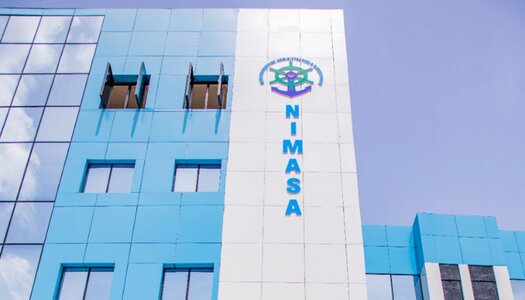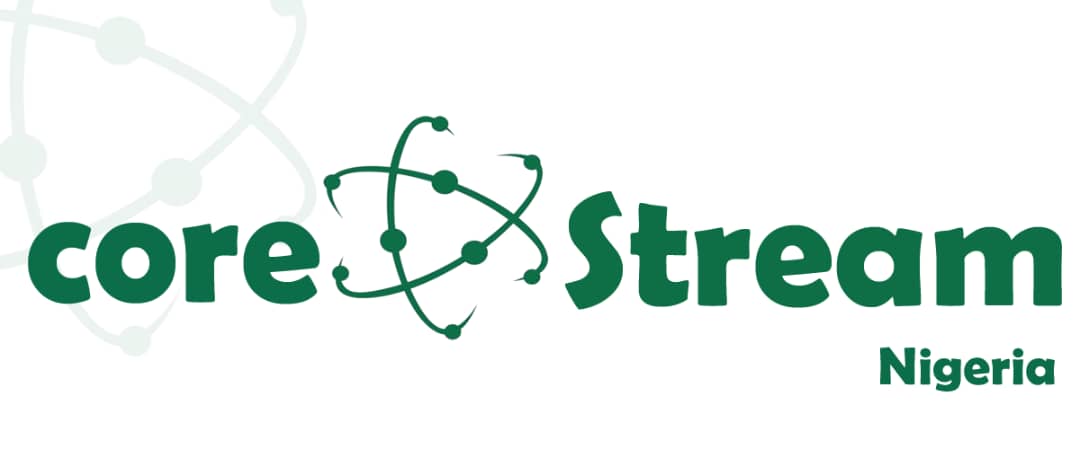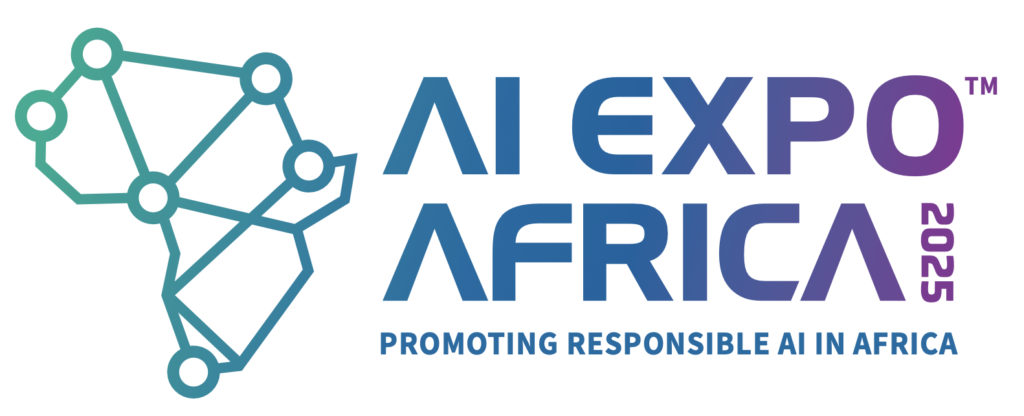NIMASA’s new digital platform to curb revenue leakages, strengthen compliance, and modernize Nigeria’s maritime sector.
The Nigerian Maritime Administration and Safety Agency (NIMASA) has unveiled a bold digital transformation initiative through the launch of its Maritime Enhanced Monitoring System (MEMS)—a smart technology platform designed to streamline operations, plug revenue leakages, and significantly increase government earnings from the maritime sector.
A Digital Revolution in Maritime Regulation
According to NIMASA’s management, the MEMS platform will dramatically improve the agency’s regulatory oversight, reduce inefficiencies in revenue collection, and enhance shipping development in line with global best practices.
RELATED: NIMASA speeds up turnaround time for vessels at Nigerian ports with new digital manifest regime
“The digitalization of our operations is not just a reform—it is a revolution,” said Mr. Edward Osagie, Head of Public Relations at NIMASA. “MEMS will empower us to eliminate loopholes, enforce compliance, and recover funds previously lost to unmonitored and undocumented activities.”
No Concession: NIMASA Refutes Privatization Rumors
In response to rumors suggesting a concession of its core operations, NIMASA strongly denied any such plans. In an official statement, the agency clarified that the reforms are purely internal digitization efforts aimed at enhancing efficiency and transparency.
“There is no iota of truth in these claims,” Osagie noted. “Certain internal and external actors benefitting from outdated manual systems are behind these false narratives.”
Key Features of MEMS: Real-Time Monitoring and Smart Billing
The Maritime Enhanced Monitoring System introduces real-time tracking of domestic and international vessels, automated invoicing, centralized data management, and intelligent compliance alerts. These tools provide:
- Digital traceability of vessel movements and logs
- Monitoring of waste offload and billing
- Swift identification of non-compliant activities
- Automated reporting for marine pollution control
Osagie explained that past revenue shortfalls stemmed from manual processes and fragmented data systems. MEMS closes those gaps by digitizing every aspect of vessel interaction and service delivery.
Unlocking New Revenue Streams Through Digital Oversight
One of the biggest innovations MEMS brings is its ability to track waste reception services—an area previously unmonitored, leading to major losses. With MEMS, every waste offload is logged, time-stamped, and automatically billed, ensuring consistent revenue collection and improved environmental compliance.
NIMASA is also expanding its capabilities in marine pollution control through satellite tracking, digital logbooks, and real-time environmental alerts. These upgrades will allow faster responses to pollution incidents and better enforcement of penalties against defaulters.
Driving Maritime Efficiency Through Technology
The agency affirmed that its ongoing administrative and technology reforms are aimed at enhancing its capacity to fulfill statutory obligations with transparency, accountability, and efficiency.
“We are investing in digital infrastructure not just to monitor vessels, but to modernize the maritime ecosystem,” Osagie added. “MEMS will ensure that maritime operations in Nigeria are traceable, measurable, and profitable for the nation.”






























